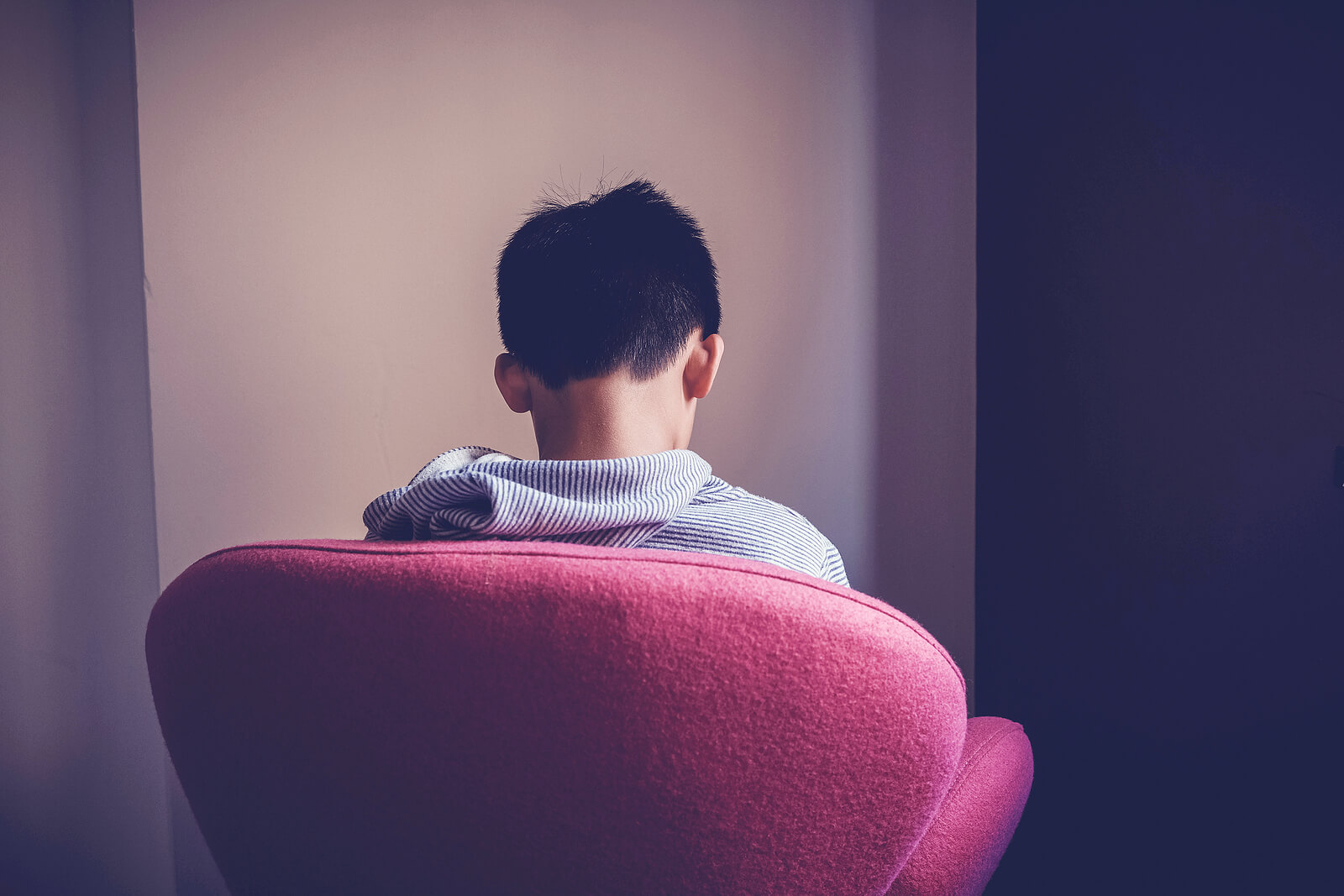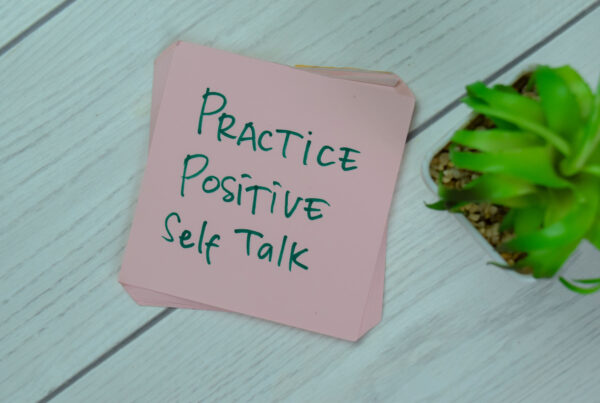
Stories of youth mental health challenges are becoming increasingly common as more young people struggle with their emotional and psychological health. This mental health crisis that’s facing America’s youth demands our immediate attention, understanding, and action.
Why Are Youth Mental Health Issues on the Rise?
Parents across America are witnessing a troubling reality as today’s youth are facing mental health challenges at unprecedented rates. While depression and anxiety are the most commonly reported mental health concerns among youth, these are not the only symptoms affecting teens and adolescents. The research also shows that children are experiencing problems like attention issues, aggressive behavior, post-traumatic stress symptoms, and impulsivity.
Adolescence has always been challenging, but young people are having to navigate these changes in a completely different world than previous generations. They’re developing their identities and seeking belonging while constantly being immersed in an online environment that continuously demands their attention and emotional energy.
The Pandemic’s Impact on Mental Health
Perhaps one of the biggest contributors to the youth mental health crisis in America was the COVID-19 pandemic. A study in the professional journal Pediatric Clinics shows that pandemic-related mental health problems extended beyond increases in suicide attempts. According to the study, 14.3% of parents in the U.S. reported that their children’s behavioral health worsened after the pandemic began.
Additionally, adolescents assessed after pandemic shutdowns not only reported increased symptoms of anxiety and depression but also showed changes in brain structure. Researchers found thinning of the cortex, which is the region responsible for executive functions like planning and self-control, and reduced volume in both the hippocampus and amygdala, which are responsible for regulating memory access and stress responses.
The pandemic also resulted in:
- A sudden shift to remote learning created academic uncertainty and learning gaps
- Social relationships were maintained online rather than in-person
- Many households experienced financial instability, employment changes, illness, or loss
- Increased screen time as education and socialization moved online
- Reduced access to school-based mental health resources and support systems
While most pandemic restrictions have lifted, mental health professionals continue to observe lasting effects in young people whose developmental milestones happened during this period. Many adolescents now show increased anxiety about social situations, academic performance, and future uncertainty.
Who is Affected by Youth Mental Health Challenges?
Youth mental health challenges affect children from all socioeconomic backgrounds, geographic locations, and cultural communities. However, research consistently shows that while mental health issues can affect any young person, access to resources, cultural factors, and biological differences create some disparities:
- Between 2019 and 2020, mental health-related emergency room visits increased by 31% among youth aged 12-17
- Emergency room visits for suicide attempts among girls aged 12-17 rose by 50.6% in early 2021 compared to the previous year
- 1 in 7 children aged 3-17 have a diagnosed mental or behavioral health condition
- 40% of teens reported persistent feelings of sadness or hopelessness in 2023
- Boys ages 2-8 years are more likely than girls to have mental, behavioral, or developmental disorders
- For adolescent girls aged 12-17, depression cases have shown a sharp and sustained increase since 2009
- Black children ages 5 to 12 are twice as likely to die by suicide as their white peers
Additionally, those living in impoverished or rural communities may have limited or no access to healthcare resources. This means many kids and teens might go undiagnosed and untreated.
Factors That Negatively Impact Youth Mental Health
There are several environmental and societal factors that contribute to the rising mental health crisis among today’s youth. Understanding these stressors can help parents, guardians, and educators better recognize when a child needs intervention.
Social Media
Social media platforms are great for connection; however, they also come with downsides. For example, cyberbullying is one of the most serious concerns on social media, and it can lead to self-harm, suicidal thoughts, and psychological distress. Beyond outright bullying, even seemingly minor experiences like being excluded from an outing with friends can emotionally affect a developing brain.
The content young people consume online also influences their behavior and self-perception. When teens regularly view posts glorifying risky behaviors such as substance use or dangerous activities, they may view these behaviors as normal or desirable. This normalization happens during a developmental stage when peer influence is powerful.
Social comparison is another challenge due to:
- Carefully filtered photos that don’t represent reality
- Posts highlighting only peers’ best moments and achievements
- Images promoting unrealistic body standards
- Content measuring popularity through likes and follower counts
- Celebrity and influencer lifestyles that create unrealistic expectations
Studies have found connections between online comparisons and increasing rates of depression, anxiety, and body image concerns among adolescents. When teens are constantly measuring their ordinary lives against the highlight reels of others, it’s no surprise that they may feel inadequate.
Academic Pressure
Award-winning journalist, Jennifer Breheny Wallace, says students now face intense achievement expectations from multiple directions, whether that’s from well-meaning parents hoping to secure their children’s futures, educators working within increasingly demanding standards-based systems, or educational institutions competing for rankings and results.
While some academic challenges are healthy and can promote growth, excessive pressure can lead to anxiety, depression, and burnout among students who feel they can never do enough. Recent surveys of students with self-reported poor mental health reveal the top factors that cause them the most stress:
- General pressure to perform well
- Exam-related anxiety and stress
- Difficulty balancing school with other responsibilities
- Fear and shame associated with receiving poor grades
- Stress from writing assignments and papers
These pressures can be even more intense as students transition from middle school to high school or are applying to colleges. The competitive college admission process has turned many high school experiences into four-year resume-building exercises rather than periods of learning and growth.
Lack of In-Person Social Interactions
Human connection is essential for healthy development in children. Research has established a strong connection between social isolation and increased anxiety and depression in young people. When children don’t get regular meaningful in-person interactions, their bodies produce higher levels of cortisol (stress hormone), which can negatively impact cognitive development.
On the other hand, children who do engage in face-to-face social activities develop life skills that virtual interaction alone cannot provide. These include reading facial expressions and body language, practicing real-time conflict resolution, developing empathy through shared experiences, and building the communication skills needed for healthy relationships throughout life.
Global Issues and News Anxiety
With almost everything being hyperconnected, controlling the information children and adolescents encounter has become virtually impossible. The 24-hour news cycle, push notifications, social media feeds, and constant access to live events mean that young people are exposed to global crises and disturbing news frequently and in graphic detail.
Even when adults try to protect younger children from bad news, children can still pick up on their parents’ anxiety, overhear discussions, or learn information through peers, and often without the context or emotional tools needed to process what they’ve learned. Many children internalize these worries without expressing them, which can lead to silent anxiety that parents might not recognize.
Furthermore, children may experience feelings of helplessness and lack of control over the future. For some, constant exposure can lead to desensitization to violence and suffering, while others may be influenced toward “copycat” behaviors based on what they’ve seen.
How to Fix America’s Youth Mental Health Crisis
Given the increase in children and teens experiencing mental health symptoms, it’s critical to find ways to address mental health concerns in this population. One of the first steps in addressing the problem is overcoming barriers to quality mental health care. A recent study found that the number one barrier to children and teens receiving mental health services was that their families did not know where to go for help. Other barriers included stigma, lack of services, and distrust of mental health professionals.
Strategies to fight against some of these barriers include:
- Building trust and reducing stigma through better training for mental health providers working with children and families.
- Creating collaborative relationships between pediatricians, schools, and mental health specialists, so they can provide parents and youth with information about available services.
- Implementing routine mental health screenings during regular healthcare visits to identify concerns early.
- Expanding telehealth options for more accessibility, especially during evenings and weekends when in-person clinics are closed. A recent study found that young people believe that teletherapy services improve service quality.
- Addressing service gaps in underserved communities through mobile mental health units and school-based programs.
- Educating parents and educators about recognizing warning signs and accessing appropriate resources.
Mental Health Treatment for Youth in California
For families seeking mental health treatment for youth in California, Mission Harbor Behavioral Health has locations in both Los Angeles and Santa Barbara, and we offer an adolescent program specifically designed for this age group. Our program involves parents in the process with weekly family therapy sessions, as well as parent support groups.
Our weekly Parent Community Support Group runs Mondays from 5:30 to 6:30 pm and gives parents the opportunity to meet Mission Harbor’s mental health staff and ask questions about our program, so they are more comfortable with the people providing care to their children. In addition to treating adolescent mental health diagnoses, we are qualified to treat co-occurring addictions, which may sometimes occur because teens are trying to find relief from anxiety or depression.
In addition to our in-person services, we now offer telehealth to make treatment even more accessible. Contact us today to learn more.Sources:
Mental Health Effects of the COVID-19 Pandemic on Children and Adolescents – Pediatric Clinics
Data and Statistics on Children’s Mental Health – CDC
Child and Adolescent Mental Health – 2022 National Healthcare Quality and Disparities Report
The tragedy of Black youth suicide – AAMC
How achievement pressure is crushing kids and what to do about it – The Harvard Gazette
Student Mental Health and Pressure to Do Well – Inside Higher Ed
Social isolation and its impact on child and adolescent development: a systematic review – Pediatria
The Importance of Social Interaction in Child Development – Better Speech
News and Children – American Academy of Child & Adolescent Psychiatry




